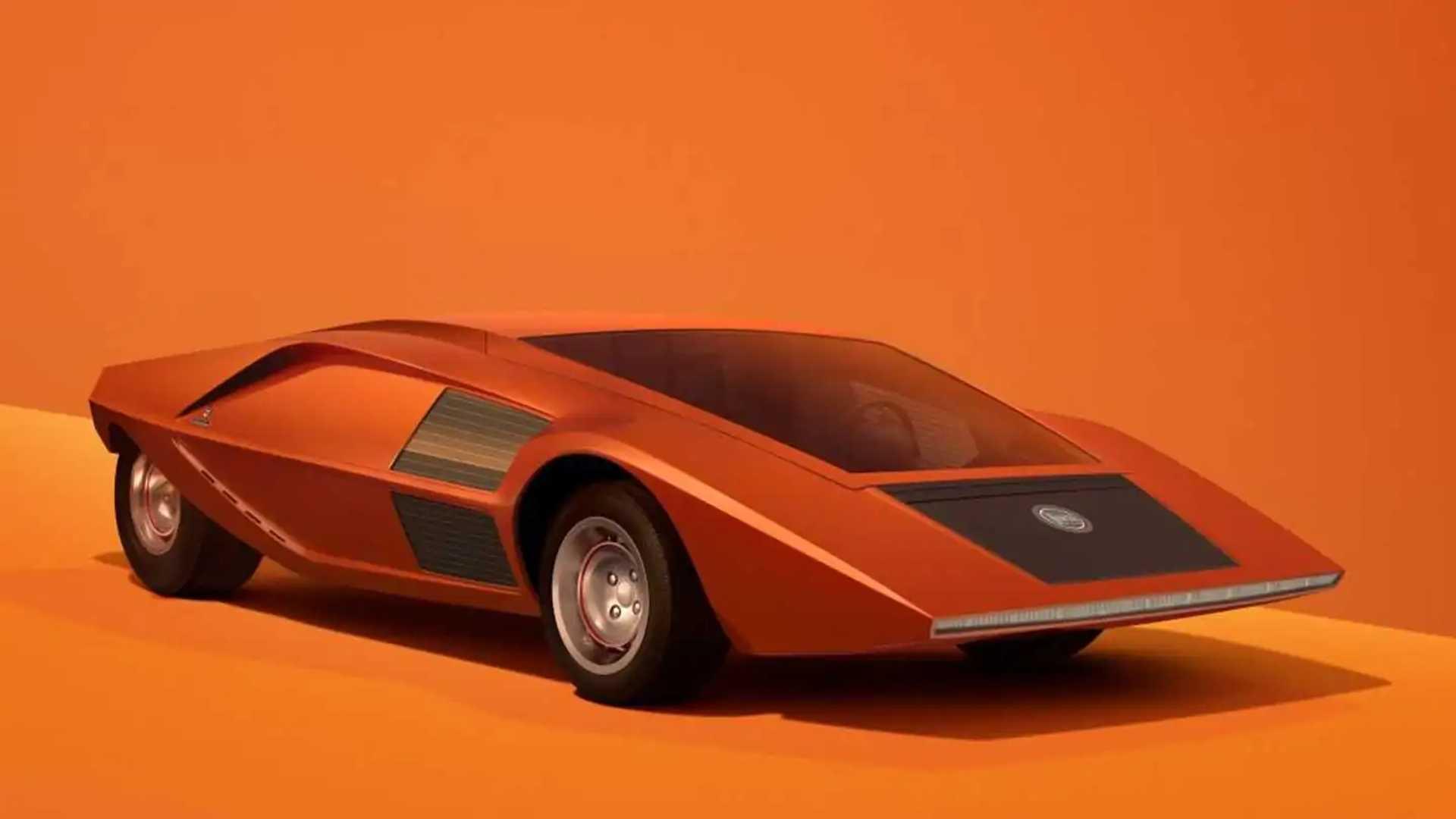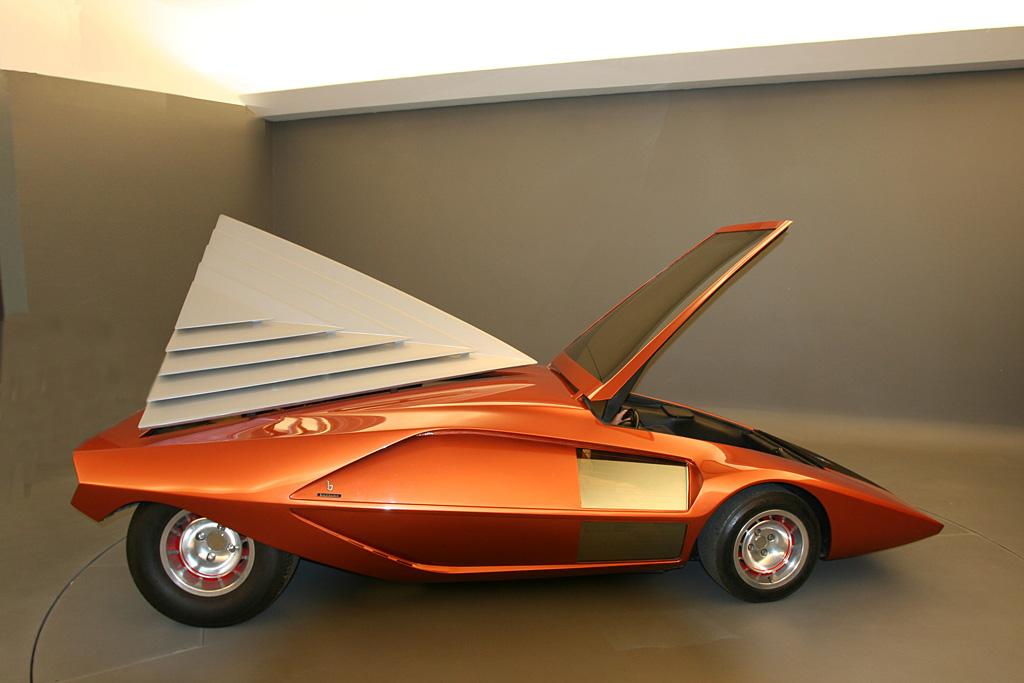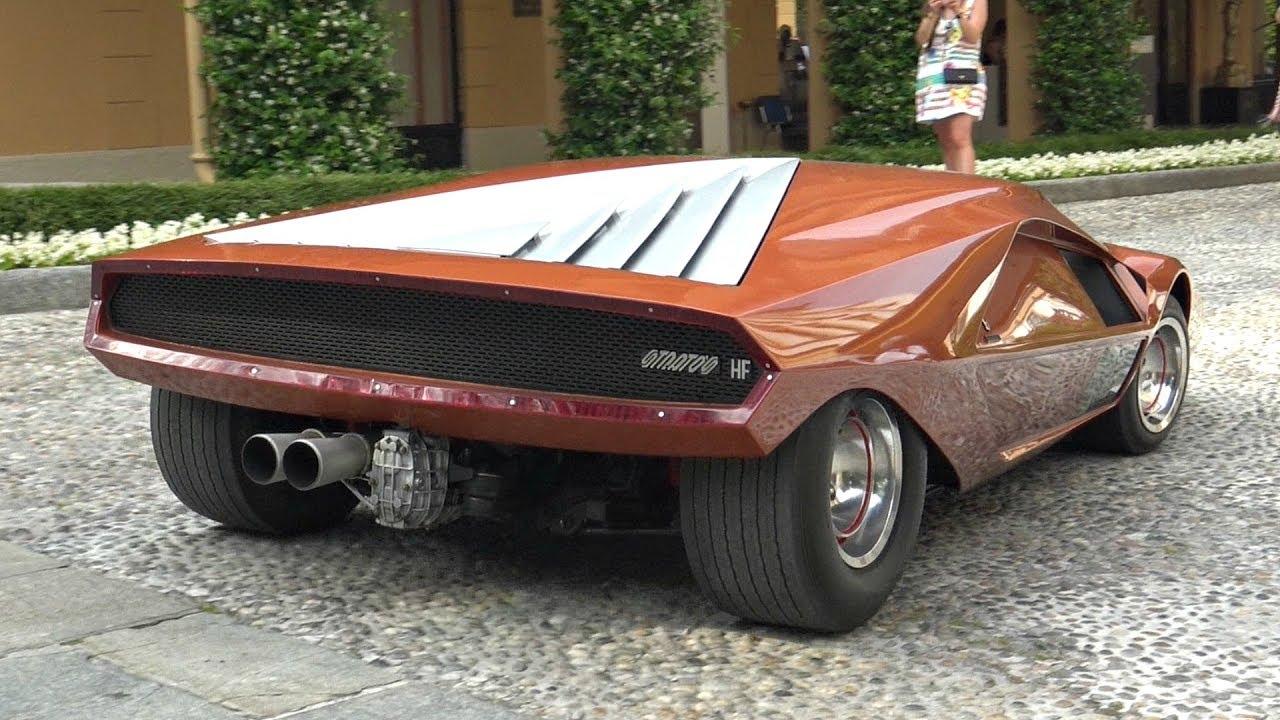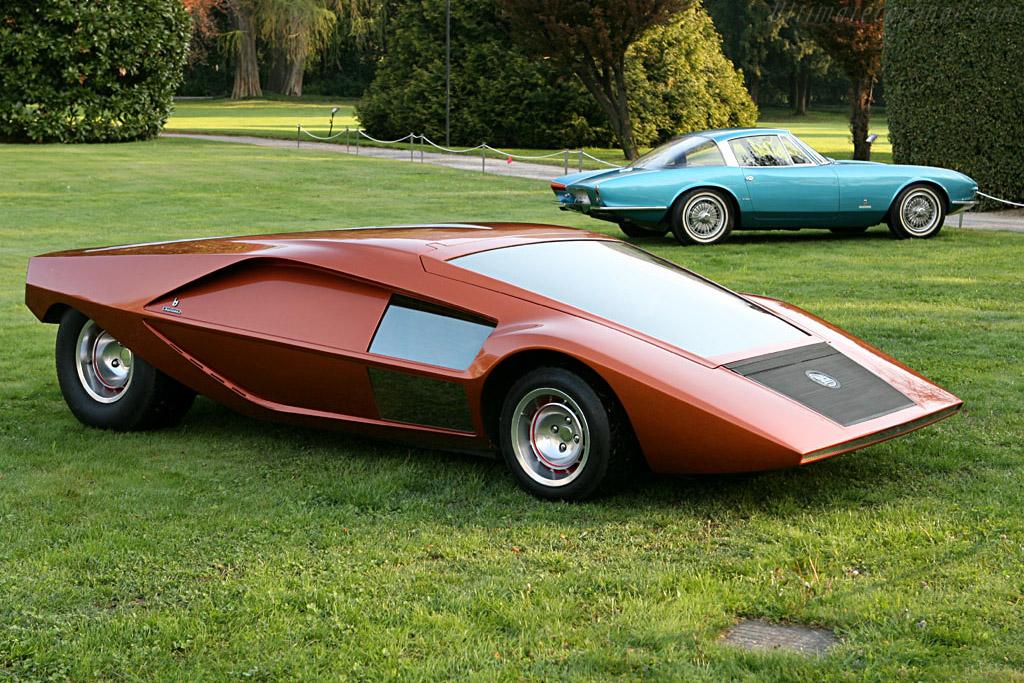1970 Lancia Stratos Zero Prototipo
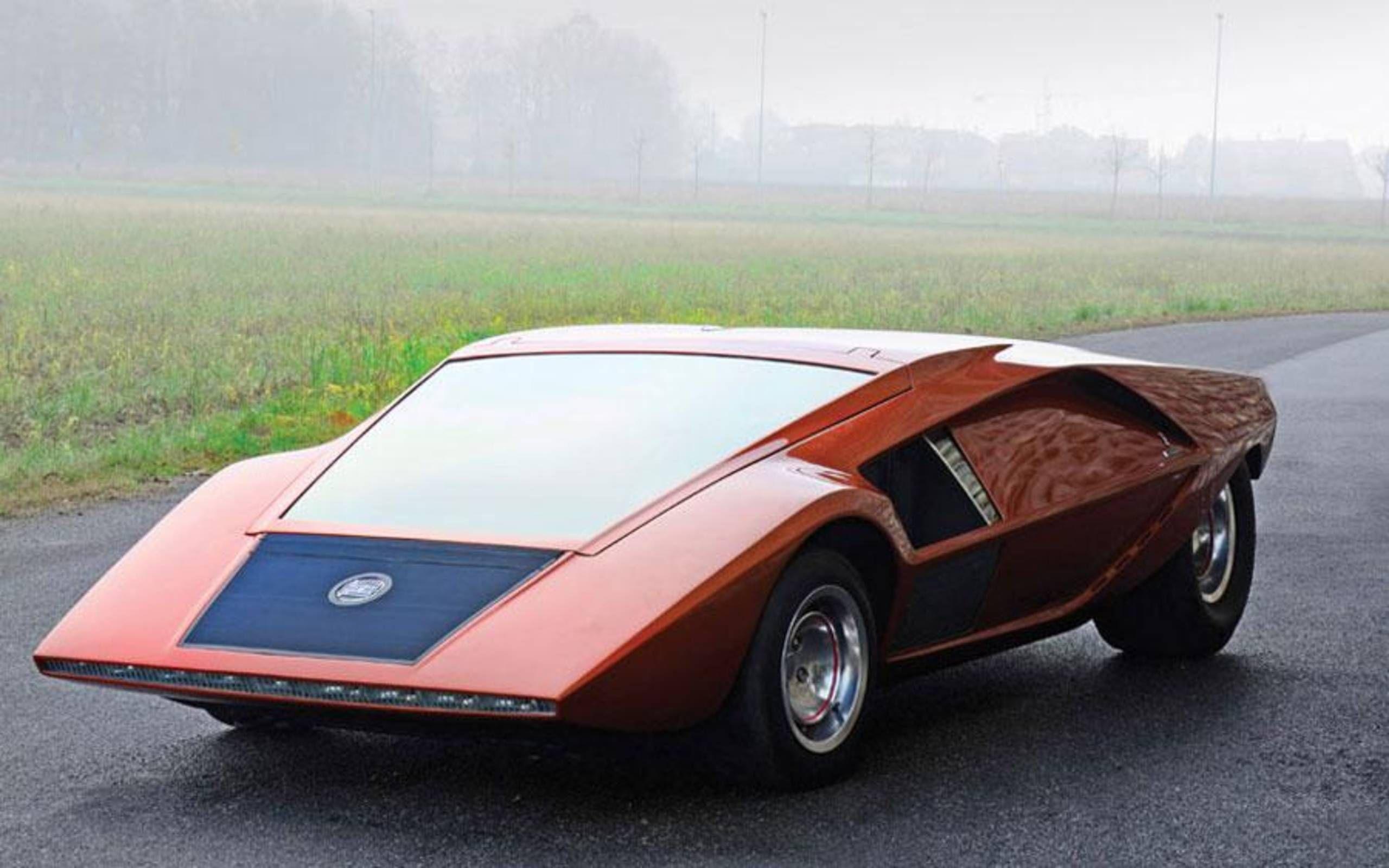
The descriptions of the Classic Cars in the Directory were partly generated or supplemented with the help of artificial intelligence (AI). The content may occasionally not always be entirely accurate or factually correct despite careful checking.
The Lancia Stratos Zero Prototipo 1970 is a breathtakingly futuristic concept car that was unveiled at the Turin Motor Show in 1970. It is a one-off prototype that was designed to showcase Lancia's vision for the future of automotive design, and it is widely regarded as one of the most forward-thinking and influential concept cars of all time.
At first glance, the Stratos Zero Prototipo looks like something out of a sci-fi movie. Its wedge-shaped body is unlike anything that had been seen before, with sharply angled lines and dramatic curves that give it a sense of speed and power even at rest. The body is made entirely of fiberglass, which was a relatively new material at the time, and its futuristic design was further emphasized by the use of plexiglass for the roof and side windows.
Under the hood, the Stratos Zero Prototipo was powered by a mid-mounted 1.6-liter V4 engine, which was borrowed from the Fulvia HF. Despite its compact size, this engine was capable of producing 115 horsepower, which was more than enough to push the lightweight Stratos Zero Prototipo to its top speed of 124 miles per hour.
One of the most striking features of the Stratos Zero Prototipo is its unique "scissor" doors, which swing upwards and forwards on hydraulic hinges. This design was later popularized by the Lamborghini Countach and became a defining feature of many supercars of the 1980s.
Inside, the Stratos Zero Prototipo was equally avant-garde, with a minimalist cockpit that was focused purely on driving. The steering wheel was mounted on a center console that rose up from the floor, and the driver's seat was fixed in place to accommodate the unusual door design.
Although the Stratos Zero Prototipo was never put into production, its impact on automotive design cannot be overstated. It influenced countless designers and became a symbol of Lancia's commitment to innovation and forward-thinking design. Today, the Stratos Zero Prototipo is considered a masterpiece of automotive design and is held in high regard by collectors and enthusiasts around the world.
Milestones
- 1970: Lancia Stratos Zero Prototipo is revealed at the Turin Motor Show - 1971: Stratos Zero is featured in the movie "The Man Who Haunted Himself" - 1971: Lancia commissions Bertone to develop a production version of the Stratos Zero - 1972: The production Stratos HF is introduced at the Turin Motor Show - 1973: The Stratos HF enters competitive racing, winning the Monte Carlo Rally - 1974: Lancia Stratos HF wins the World Rally Championship, a feat repeated in 1975 and 1976 - 1975: Lancia introduces the Stratos Stradale as a street-legal version of the race car - 1978: Production of the Stratos ends, with a total of 492 cars built - 2018: A limited-edition run of new Stratos models is announced by Manifattura Automobili Torino.Technical
• Manufacturer: Lancia • Model: Stratos Zero Prototipo 1970 • Body Style: Concept car • Engine Type: Mid-engine layout • Engine Size: 1.6L Lancia HF 4-cylinder engine • Power Output: 115 hp at 7,500 rpm • Torque: 105 lb-ft at 4,500 rpm • Transmission: 5-speed manual • Suspension: Independent suspension • Brakes: Ventilated disc brakes • Wheels: Campagnolo alloy wheels • Tires: Pirelli P7 • Weight: 700 kg (1,543 lbs) • Top Speed: 144 mph • 0-60 mph: 6.8 seconds • Dimensions: 3,450 mm length x 1,710 mm width x 880 mm height